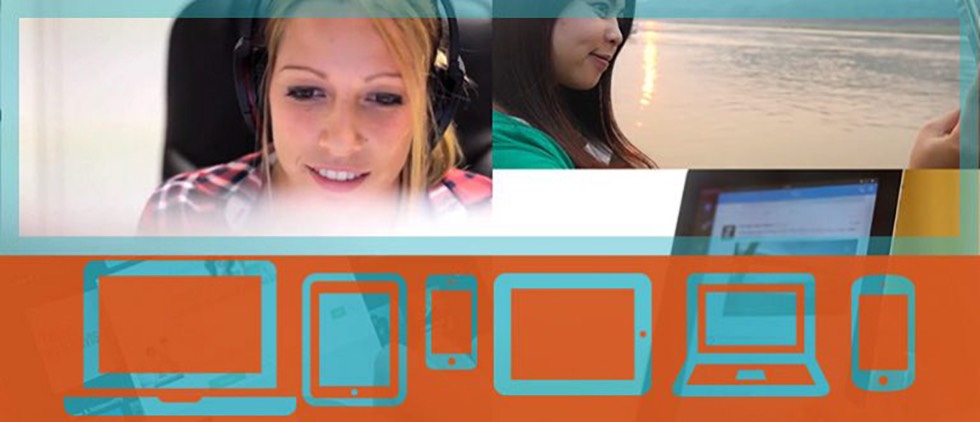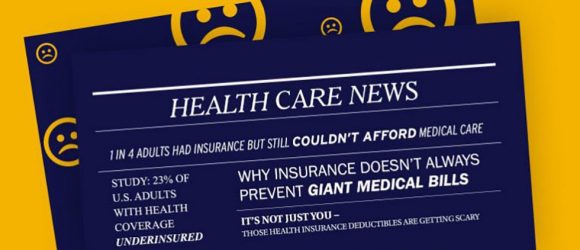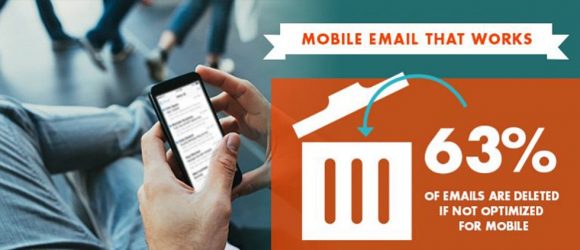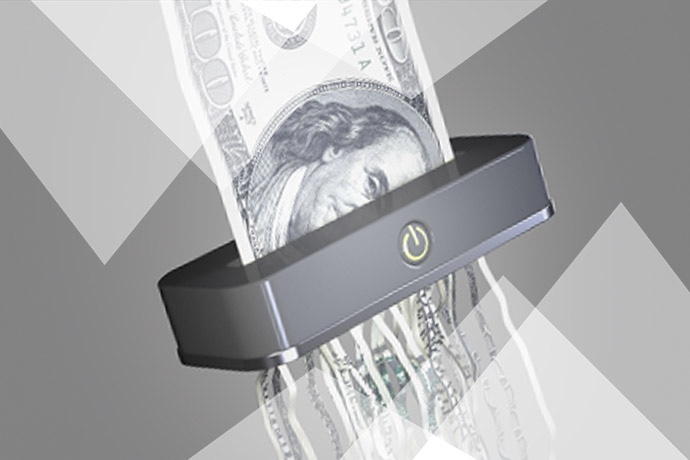Future of Healthcare Isn’t Just Gadgets and Gizmos

We’ve been having some very interesting conversations about our recent video on consumer expectations around the products and services they use… and how those expectations continue to challenge the healthcare industry, specifically health insurance. If you haven’t already watched it, consider taking a moment before you read on:
The short story is that the health insurance industry hasn’t kept up with many other industries, where much has been done to make lots of things easier, faster, more personalized and more convenient. And that gap can contribute to customer dissatisfaction with health plans. In the video, we float some ideas for making health insurance more mobile, accessible and transparent, but the take-home message is that there’s great opportunity for insurers who can see through the eyes and expectations of the modern healthcare consumer and manifest that vision into products and tools that meet their needs.
Of course, in the span of a 5-minute video, it’s impossible to touch upon all the nuances and challenges of that claim, so what we set out to do was to put forth the issue, inspire some good thinking about solutions and provoke meaningful conversations. In fact, those conversations have been so substantive, we wanted to highlight some of the overarching themes here and further the discussion.
Here’s some of what we’ve been talking about:
- It’s not about gadgets and gizmos. — So. True. We’re not recommending bells and whistles over substance… far from it. We’re recommending re-imagining everything that’s entailed with the expectations of today’s consumer, and that gets to the core of the health insurance industry, including public policy and product design. With that said, a lot of what can make health insurance easier and more accessible has to do with tools and apps. We understand that health insurance isn’t fun for people. No matter how much user-friendly tech gets added on, interactions with health insurers won’t make anyone’s top 10 list of “things I can’t wait to do.” But it can be easier. And of course, digital tools for consumers can and should be more than bells and whistles to start with. Health insurers can’t just add to all the noise. (How many usernames and passwords do you have to keep track of? How many notifications did you get on your phone this morning alone?) The right digital tools for consumers must be compelling. They must be meaningful so that engagement leads to better decisions in terms of both health and finances. If done right, they can be part of the relationship building that must occur between insurers and members.
- The user experience is very complex. — This will always be true. And some of the health insurance customer experience is outside the control of the insurer (think about how providers talk about prescription formularies or pre-approvals, for example, or even how the media presents healthcare in America). However, many customer touch-points are in the insurer’s control – and most are in dire need of a total refresh. Viewed through the eyes of today’s healthcare consumer, too many interactions are redundant, confusing and even unnecessary. During a panel discussion on member engagement during the recent AHIP Institute’s 2015 conference, Ingrid Lindberg, Customer Experience Officer, Chief Customer, LLC, suggested that one simple way to improve customer service is to look at everything you’re doing and eliminate 50% of it.
- What about all the progress? — The customer experience is on the radar of health insurers. Many do aim to make the customer experience smooth, engaging and, when possible, positive. Many have launched tools and apps in the last few years. Even so, in many cases, they’re not doing it as well as other industries; they’re not meeting the consumers’ basic needs. It’s a particular challenge for health insurance. A provider’s customer experience (or even a provider app) can be fairly straightforward, but there are many more moving pieces for health insurance. There’s a good reason for the lag. Still, it’s tough to hold a mirror up and face the fact that consumers don’t care about the reasons for the lag; they just want it to be fixed. The good news is that every improvement that leads to better understanding or engagement (and ultimately to a happier customer) makes a difference. It’s hard to look at the pain points, but solving the hassles for consumers and affirming the value of health insurance will pay off.
- The health insurance industry is optimistic about what’s to come. — We are, as well. As mentioned above, we recently attended AHIP Institute 2015, and we were pleased to see the spirit of innovation that was the focus of so many presentations and much chatter. In addition, insurers and other experts really do understand both technology and consumerism as huge influences that are not going away. Our video call-to-action for health insurers captures that, as well. It opens with a very forthright and difficult assessment of the current customer experience and arrives at a place where so many solutions are possible. The industry is arriving at that same place… and ready to figure it out.
We can’t emphasize enough that the focus here is opportunity. We have a vision for the healthcare customer experience. Consumers believe it’s possible because it’s part of their interactions with other companies, and we’d love to continue this discussion: How can you make it happen?









